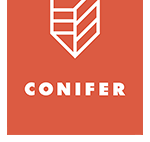
Customer Journeys — 5 Ways to 5E's
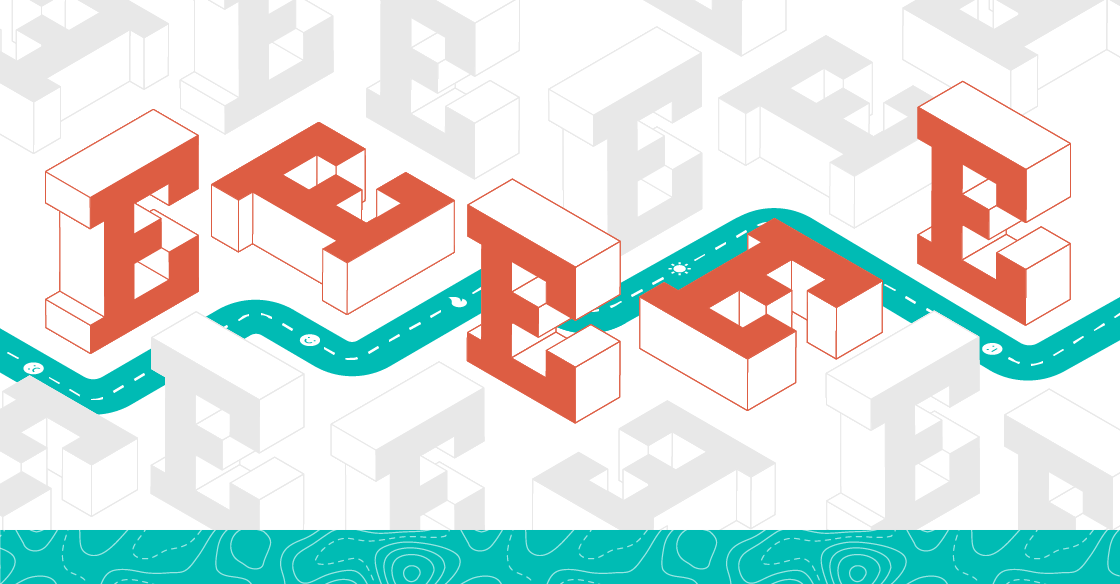
“It’s a dangerous business, Frodo, going out your door. You step onto the road, and if you don’t keep your feet, there’s no knowing where you might be swept off to.”
― Bilbo Baggins (The Lord of the Rings)
All experiences in life, whether the perilous journey from The Shire to Mount Doom, or the casual trip to the corner coffeeshop, contain a multitude of tiny interactions and complexities. Businesses seeking understanding of these experiences (internal or external) often find the prospect of investigating/organizing the many potential pathways daunting. Indeed, for "dangerous business" like this, we like to turn to a higher authority...
J.R.R. Tolkien created an entire universe with hundreds of characters, novel creatures, mythologies, and languages (15 of them!). Through this lifelong endeavor he inadvertently revolutionized the fantasy genre. How on middle earth did he manage to keep it all straight?
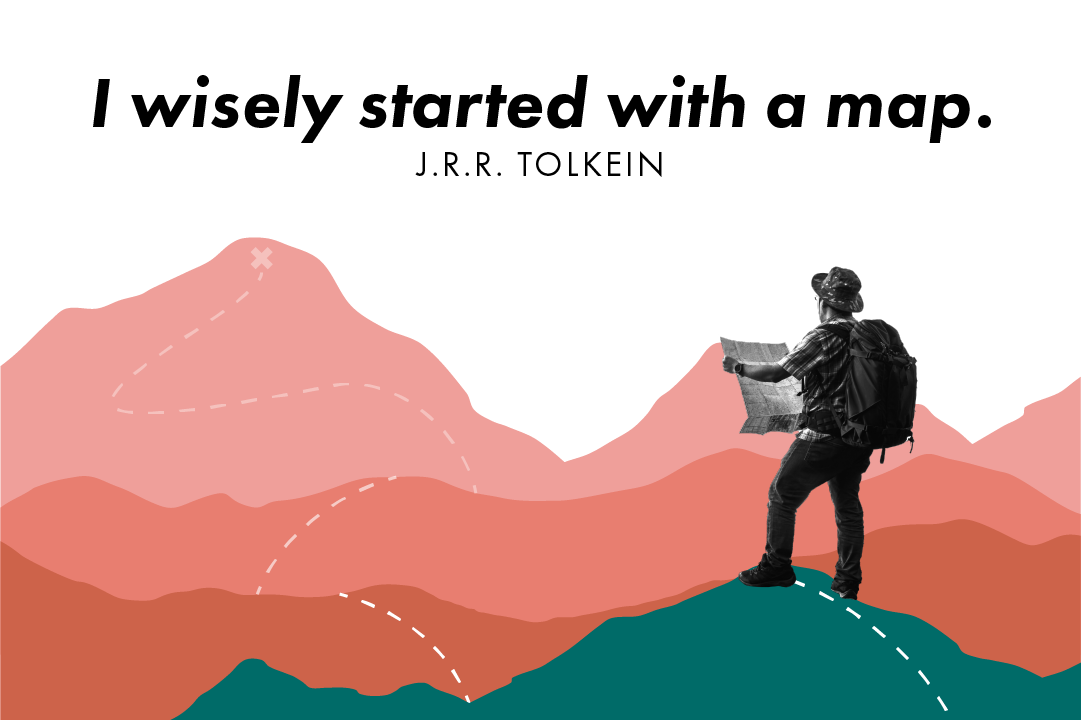
In design, research, innovation, and business planning experience mapping is a critical tool to understanding and visualizing experiences and interactions of brands, products and services. However, if you’ve been in the business long enough you quickly learn that every team has their own way of charting a journey. And as we know, lacking a shared definition of a key term is sure to stifle progress or make navigating tenuous.
The variation you will inevitably find in how different teams and organizations execute journeys goes back to team culture, business goals, and where in the business they are operating. Customer Journeys for Sales and Marketing Teams will be much more focused on “Path to Purchase” and “Sales Funnels”, with some teams perhaps being laser-focused on only the lower or upper funnel. Customer Journey for Product Teams tend to be deep in the trenches of tactical workflows or critical engagement moments, and are usually less focused on beginnings and ends of a holistic experience, focusing only on an isolated component they may be designing for. Customer Journeys for Systems & Services come with compounded complexity of the business model, operations or partnerships (think: retail, finance, healthcare, logistics). These require journeys at the systems-level or service-level.
The list goes on, but a surprising pattern emerges: no one-team has full visibility into all of the complexities of a business and an exhaustive sense of every customer interaction. Teams have windows and slices, and not always the full picture. Is this a problem? Absolutely. It requires a proactive acknowledgement of the blindspots and areas where aperture may be limited. However, focus is also often critical to teams having the ability to execute on their organizational goals. With over 20-years of experience navigating the intricate details of journeys as a critical business alignment and innovation tool, our best answer to the inevitable knowledge gaps and silos is Conifer’s universal 5E Framework for Customer Journeys. The 5E Model can be applied to any journey and experience, creating shared anchor points and language within a company. Regardless of where it sits in the business and whether it is macro, micro, or whether it is intended to be a design, sales, marketing operations, or innovation tool the 5E Model is designed to be highly adaptable.
WHAT’S THE 5E MODEL?
Conifer’s 5E model is a framework used to break down the entire user experience of a product or service. This UX Strategy framework, developed by Ben Jacobson, Partner & Co-Founder of Conifer Research, helps us move beyond simple engagement moments. The 5E framework is a tool to help us orient, parse and understand why and how users enter into an experience and what they carry forward with them at the end.
HOW DO EXPERIENCE MAPS WORK?
Customer experience and journey mapping is a model of how people experience a product, service, or environment. Like a good highway map, it organizes complex reality to focus on what is essential. Many people and businesses use experience mapping. For instance, website designers routinely model the experiences they hope to create for their site’s users. Experience maps can be simple or complex, diagrammatic or photo-intensive. They are all structured stories at their core, with beginnings, middles, and ends — often featuring characters and common plot twists.

Read more about the detailed breakdown of each journey stage.
5 DIFFERENT WAYS TEAMS MAY USE A 5E MAPS.
Not all journeys are created equal: the way that Experience Maps are developed and used will depend on the needs of the organization and team. The 5E Framework acts as a standard template that can be adapted based on the goals of the team. Establishing alignment at the onset of a project about which output will be the most helpful is critical: as your desired output has direct implications on the research methods and activities that are needed.
-
End-to-End Holistic Journeys: Macro
This is the classic macro path to purchase journey, following a user “E2E” or from beginning to end (from the first moment of early influence, awareness, entrance or onboarding, to engaging directly with the product or experience, to exits and extension moments). Holistic Journeys seek to capture the full lifecycle of a customer’s experience through “key moments”. They are typically horizontal, but should not be assumed that they are fully linear. Extension moments often cycle back into repeat use, word of mouth, brand loyalty, or future brand engagements. End-to-end journeys are powerful in their ability to identify gaps in knowledge or gaps in key hand-off moments between teams (for example, upper-funnel to lower-funnel sales handoff moments) and mapping precise moments in time where users are experiencing pain points and identifying the teams and engagements best suited to solve them.
-
Tactical Experience Map: Micro
Tactical Experience Maps are an exhaustive excavation of the details through sequences, steps, actions, workflows and chain reactions of an experience. These experience maps are designed to support product, UX design and usability teams and break down key moments into micro-actions, often zooming in on much more focused interactions. The biggest challenge with tactical journey maps is that sometimes tough choices often have to be made about how to best represent sequences of events that may not always happen in an exact specific order of operations. Some components of these experiences are highly variable and interchangeable, and others have a set order of operations. A great use of a tactical experience map is layering the current norms of internal processes and “operations” on top of a user’s lived experience to identify the tensions, gaps and critical problems to solve that emerge when comparing the business perspective and the user’s perspective.
-
Service Design Blueprints: Systemic
From an ecosystem level, Service Design Blueprints focus on service models and the relationships between many parties. These often are the culmination of the journey maps of many different stakeholders layered on top of one another. Think: key service and experience interactions that involve a home office, the field, retail channels, customer, and perhaps even other partnerships or tools within the system. The use of the word “blueprint” is a clear metaphor - these design a scaffolding for how the system works together to service or tender the experience. Service design blueprints can also be created in an “ideal state” to develop a next-gen vision - but are critical tools to understanding the full ecosystem surrounding a service or offering.
-
Abstract Journeys: Expressive
Abstract Journeys are emotional, expressive and interpretive. Rather than getting into the trenches of steps, sequences and workflows these journeys focus more on how a user may feel, how their mindsets and modes may change or evolve throughout a journey, their higher-order needs, gaps, or opportunity spaces. A great abstract journey may focus only on how emotions and need states evolve, key metaphors for different experience stages, or only on moments of progress and friction. These are most useful for innovation, design and strategy teams when the core objective is to use the journey to drive change, new ideas, and opportunity space. Abstract journeys should be minimal, visual and highly synthesized artifacts that help align teams on how to move forward to drive brand, product and experience transformation.
-
Critical User Journeys: Focused
If you’ve heard the term Critical User Journeys or a “CUJ” before, it likely came from a collaborator in tech: Google teams live in the world of CUJs, and it is also used often by Product and UX research teams. Critical User Journeys dive into a very specific slice of an experience, seeking to represent just one slice of a key high impact area of action or change. For example: if you have a Holistic E2E Customer Journey, a CUJ would zoom in on one key “Moment That Matters”. We like to describe these as “going vertical and drilling down” into the details of one key area. Critical User Journeys are usually laser-focused on important moments for a business: customer acquisition, conversion, renewal or retention, onboarding, set up, unboxing, app updates, new feature roll-outs. These tools act as a grounding resource and directly inform the product and feature roadmaps, informing the next steps and priority action items of product, design and engineer teams.
The Most Useful Customer Journey Maps Are:
- Told from the point of view of the person having the experience — often referred to as the customer or end-user.
- Well-structured — A larger process is broken down into manageable parts and phases.
- Collaborative, emerging from conversations among a team with multiple points of view — the best teams include those with intimate knowledge of the experience and those who bring a fresh perspective.
- Photo or video documented — this permits teams to have rich, grounded conversations about the experience. It also helps teams share the experience with others.
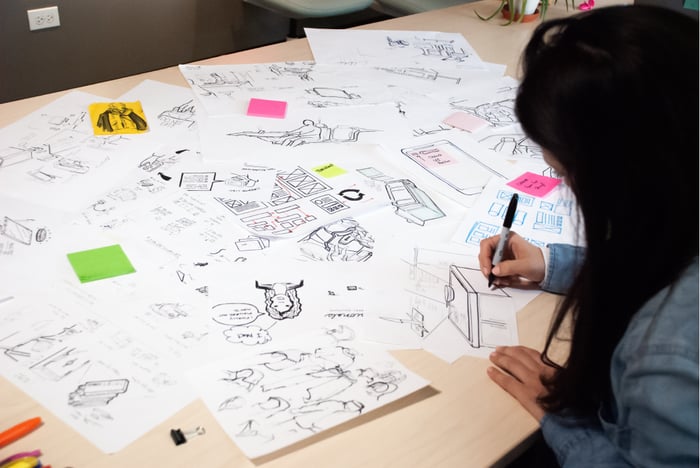
Conifer’s 5E Model:
ENTICE - Attractors Foster Anticipation and Set ExpectationsThis stage outlines the reasons that customers choose to participate in an experience Questions to Answer:
Enticement might look like: advertising or promotions, signage, menus on windows, smells and sensory cues, apps, word of mouth, memory or craving. |
|
ENTER - Signposts Guide You In and Orient You to the ExperienceThis stage marks a beginning — it provides guidance and orientation to the experience. Questions to Answer:
Entrances look like: entryways, orientation cues, greetings, directions, lines and waiting, menus, promotions, or signage. |
|
ENGAGE - Ritual Artifacts Engage All Sense and Maintain ConnectionThis stage is a set of activities rooted in environments and interactions. Questions to Answer:
Engage looks like: reading a menu, making a choice or progressing on a decision, engaging with others, interacting with a product or service, transacting, or purchasing. |
|
EXIT - Signposts Guide You to a New, Transformed StateThis stage is the transition out of the immediate environment or interaction. Questions to Answer:
Exit looks like: packing up, cleaning up, orienting towards an exit, finishing a task or experience, farewells, or physically leaving a space or experience. |
|
EXTEND - REMINDERS KEEP YOU CONNECTED TO THE EXPERIENCEThis stage maintains a connection with an experience after it’s complete. The best extensions are memories and impressions that live on beyond the immediate customer experience. Questions to Answer:
Extend looks like: photographs, memorabilia, cravings, memories, loyalty programs, customer service perceptions, sharing stories or recommendations to friends and family. |
This 5e model is a starting point and framework for modeling any experience.
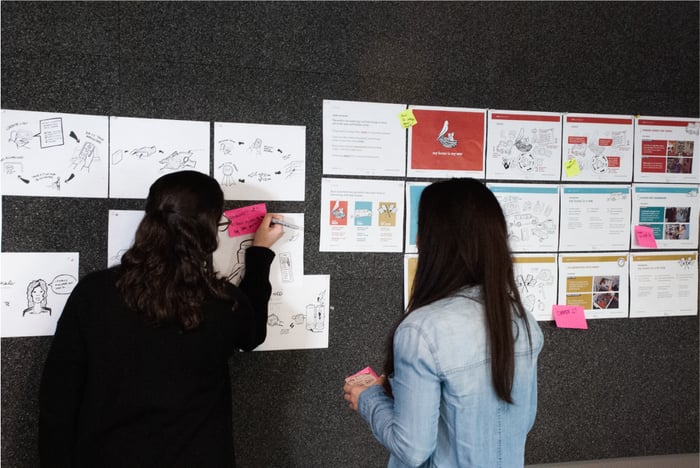
As You Build Out Customer Journey Maps, Keep in Mind:
- Look for “bright spots”: Where does the experience work for people? At what points do they seem to be having a great time? Where do the things and spaces provided meet their needs particularly well?
- Look for “hot spots”: Where does the experience break down? When are people frustrated? Are they missing things they need? Where are they forced to “workaround” the systems and processes? When do they look uncomfortable?
- Look for gaps: At which stages of the experience are few resources offered to customers? Where are transitions poorly handled or simply ignored?
Conifer developed the 5E Experience Mapping Framework based on social science theory as a foundation for experience mapping. This framework has served as the backbone of our journey programs for over 20 years.
It's the scaffolding for research, design, and insights teams to use when developing user journeys and experiences. Our toolkit explains its origins and gives teams a roadmap of how to use it effectively.
This helps teams gain the perspective of the holistic end-to-end journey of the user by deconstructing the user experience to identify gaps, tensions, bright spots, and opportunities that build loyalty and lead to future engagements.


